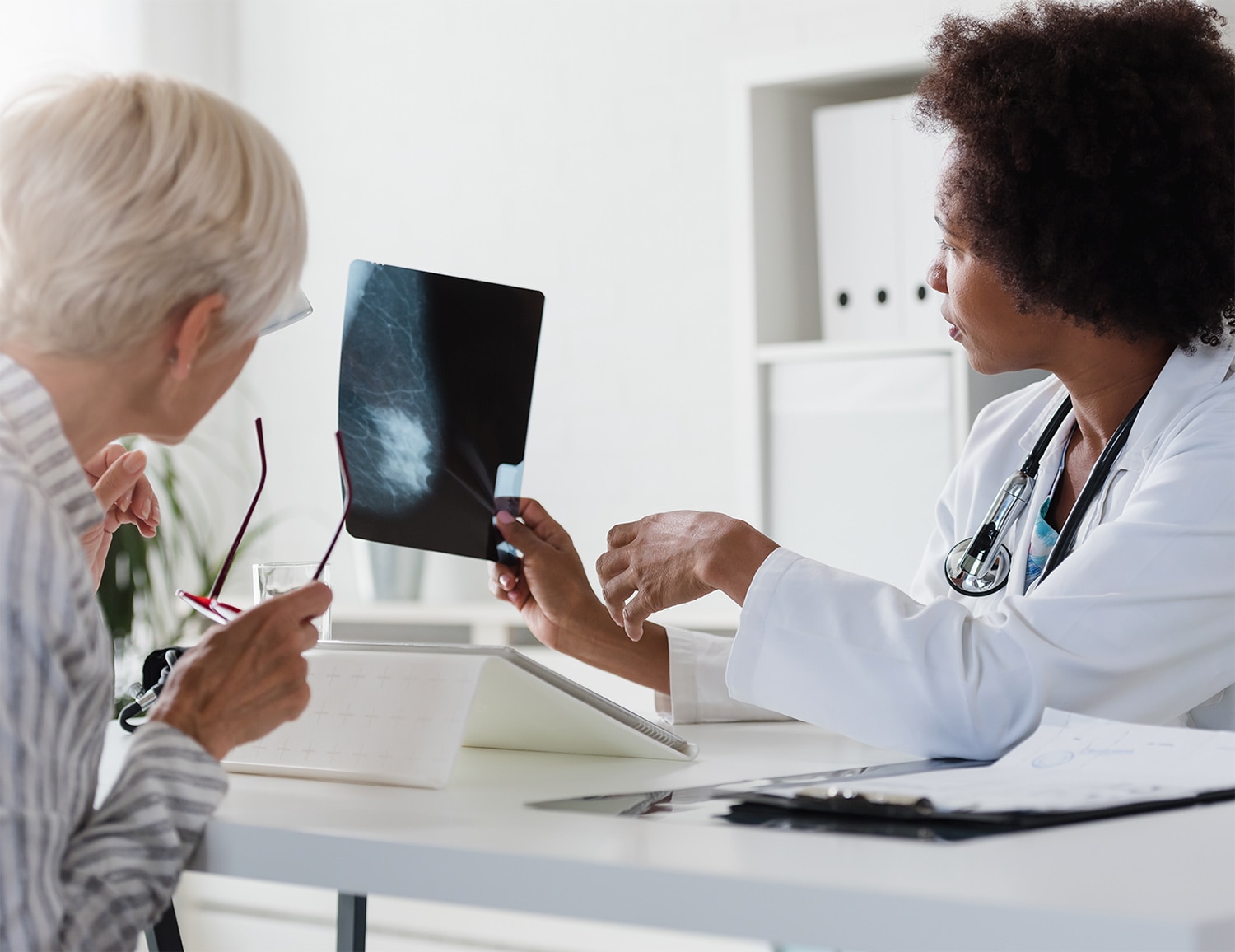FINDING CANCER EARLY can make a difference when it comes to successful treatment. Groups like the U.S. Preventive Services Task Force (USPSTF) work to ensure that people know at what age they need to start being screened for various types of cancer. But while starting ages for screening receive the lion’s share of attention, many types of testing for cancer also have upper age limits. Recent data suggest that overscreening is a common occurrence among older adults.
A study published in the July 27, 2020, issue of JAMA Network Open evaluated data from the 2018 Behavioral Risk Factor Surveillance System, which is administered by the Centers for Disease Control and Prevention. Overscreening was gauged by whether the 176,348 participants self-reported a screening after the recommended upper age limit for three cancer types: breast, cervical and colorectal. Screening for cervical and breast cancer is only recommended for women, so men were excluded from the analyses of those two cancer types. Participants with a history of any of the three cancer types were excluded from the analysis for that cancer.
The study demonstrated that a significant percentage of older adults were screened for breast, cervical and colorectal cancer after passing the upper age limit. For colorectal cancer screening, 59.3% of men and 56.2% of women were screened after age 75, the upper age limit for this testing. Similarly, 45.8% of women were screened for cervical cancer after the age limit of 65, while 74.1% of women were screened for breast cancer after the age limit of 74. Across all three cancers, overscreening was also more common among women living in metropolitan areas than among those living in rural areas.
“Our study reported at least 40% of adults were getting checked for breast, cervical and colorectal cancers after the upper age limit,” says study lead author Jennifer L. Moss, a behavioral scientist at the Penn State Cancer Institute in Hershey, Pennsylvania. “That means almost half of older adults are getting screened when the risks of these tests are too high and the benefits too low.”
As people grow older, clinically consequential tumors are less likely to be detected via screening, and the side effects of screening become riskier. “Some of the older adults who get screened will have avoidable complications from these tests, ranging from screening anxiety, to side effects from the procedures, to treating cancers in a way that does not improve health and reduces quality of life,” says Moss.
While the guidelines issued by the USPSTF offer a general rule, Moss suggests that individual circumstances should also be taken into consideration. She advises patients to talk to a health care provider who is familiar with their personal medical history about the potential benefits and drawbacks of screening. “Older adults should ask providers if a cancer screening is recommended for them and if it is appropriate given their health and screening history,” says Moss. “We need patients to be knowledgeable about the limitations of cancer screening.”
Cancer Today magazine is free to cancer patients, survivors and caregivers who live in the U.S. Subscribe here to receive four issues per year.





